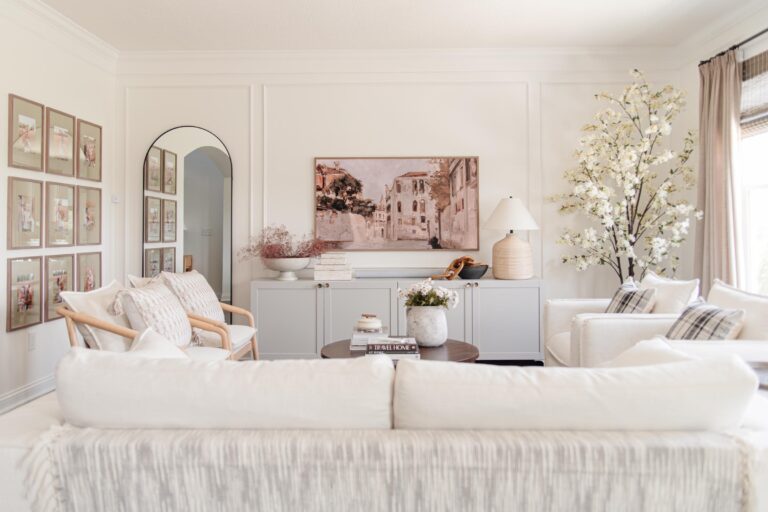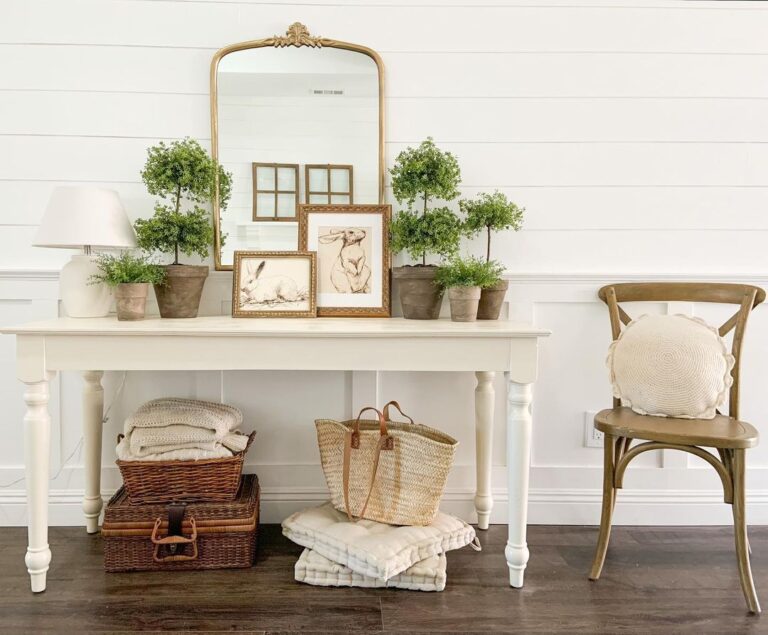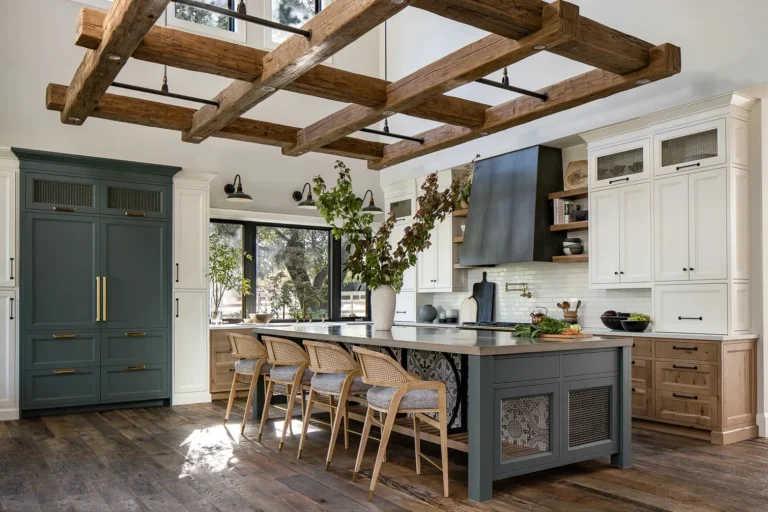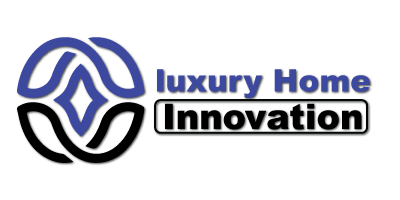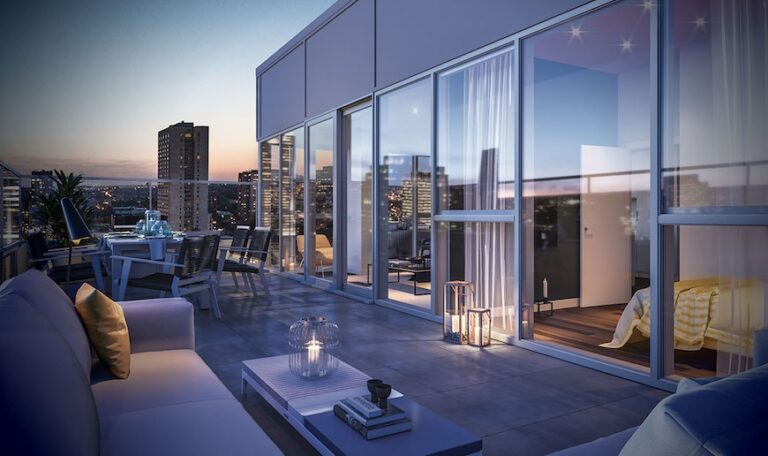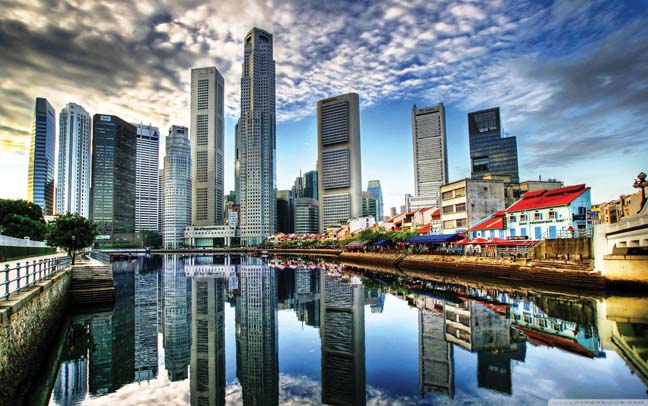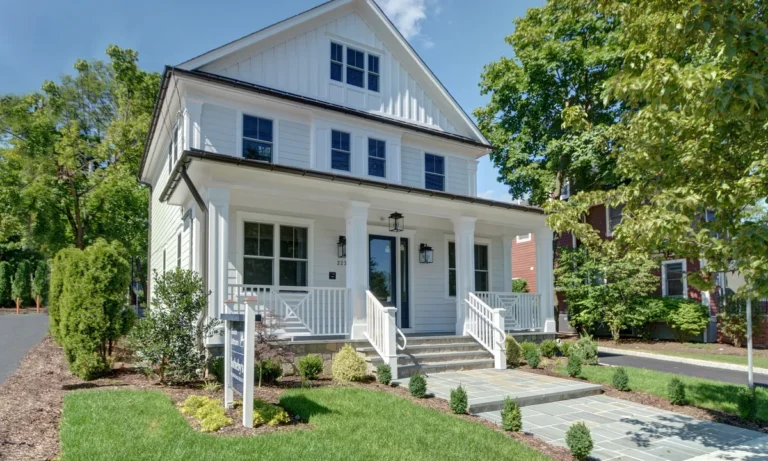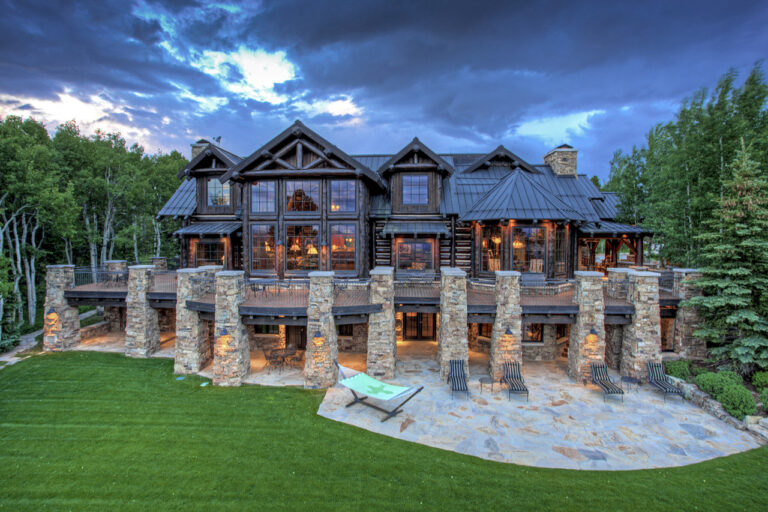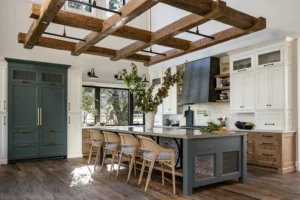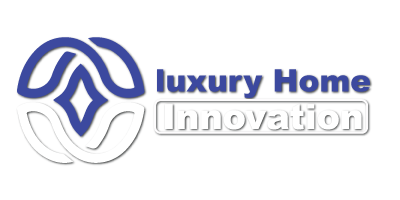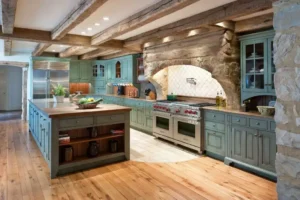As the sleek gates opened to reveal the driveway lined with towering trees, Emma couldn’t help but feel a sense of awe. She had always dreamed of owning a luxury home—an escape from the fast-paced city life into a space that offered tranquility, beauty, and extravagance. Stepping into the grand foyer of her newly purchased mansion, the high ceilings, marble floors, and panoramic windows overlooking manicured gardens made it clear that this wasn’t just a house but a sanctuary. Her decision to invest in luxury real estate had taken years of research, and the more she learned, the more she realized that luxury homes offered comfort and long-term value. As Emma took in her new surroundings, she joined many buyers investing in high-end properties where craftsmanship, exclusivity, and lifestyle reign supreme. But what exactly defines a luxury home, and why are these properties more in demand than ever?
What Defines a Luxury Home?
The term “luxury home” conjures images of grand estates, designer finishes, and cutting-edge technology. But what exactly makes a home “luxurious”? In general, luxury homes are characterized by several key features:
- Location: A prime location is often the first defining factor of a luxury home. Whether it’s an oceanfront villa, a penthouse in the heart of a major city, or a sprawling estate in the countryside, location is critical. According to Knight Frank’s Global Wealth Report 2023, some of the world’s most expensive luxury real estate markets include Monaco, Hong Kong, and New York, where prime location real estate regularly exceeds $5,000 per square foot.
- Design and Architecture: Luxury homes are not just about size but also design, architecture, and attention to detail. These homes often feature unique architectural elements, such as custom-built interiors, high-quality materials (think marble, quartz, and fine wood), and designer touches. In 2022, the average cost to build a luxury home in the U.S. ranged from $400 to $700 per square foot, according to Zillow, depending on the level of customization and materials used.
- Amenities and Technology: From private swimming pools to state-of-the-art home theaters and smart home technology, luxury homes are designed to offer the ultimate in convenience and comfort. According to Forbes, homes in the luxury market are increasingly integrating smart technology, with features like automated lighting, security systems, and climate control becoming standard. The global smart home market was valued at over $79 billion in 2021, and luxury homes are leading the way in adopting these technologies.
- Exclusivity and Privacy: Privacy and exclusivity are major selling points for luxury properties. Many luxury homes are located in gated communities or on large, private plots of land to offer residents the peace and seclusion they seek. High-end buyers also value homes that are part of exclusive developments or private estates, where access is restricted to a select few.
- High Market Value: A luxury home often has a high price tag. In the U.S., homes priced at $1 million or more are considered part of the luxury market. However, in global cities like London, Hong Kong, and New York, luxury homes often exceed $10 million. According to Christie’s International Real Estate, the global luxury real estate market grew 8% in 2022, reflecting continued demand for high-end properties.
The Rise in Demand for Luxury Homes
Despite economic uncertainties and shifting market dynamics, the demand for luxury homes has grown, especially in recent years. Several factors have contributed to this increase:
- Growing Wealth Among High-Net-Worth Individuals (HNWIs): The number of high-net-worth individuals (HNWIs) globally has been rising, creating more demand for luxury real estate. According to Credit Suisse’s Global Wealth Report 2022, the number of HNWIs (those with assets of $1 million or more) grew by 9% between 2021 and 2022, a significant portion of that growth occurring in North America and Asia. As more individuals reach this financial milestone, their interest in purchasing high-end properties, often as a status symbol, has grown.
- Remote Work and Relocation: The COVID-19 pandemic has dramatically shifted how people view their homes, particularly at the luxury level. With the rise of remote work, many wealthy individuals have sought larger properties that provide more comfortable space, amenities, and the ability to work from home. In 2021, demand for luxury homes in suburban and rural areas surged by 30%, according to Mansion Global, as buyers sought out properties with expansive land, private offices, and wellness amenities.
- Long-Term Investment: Real estate, particularly luxury, is viewed as a stable and appreciating asset, making it an attractive investment. Knight Frank’s 2023 Wealth Report states that prime property values in cities like Miami, London, and Singapore increased 8% in 2022 despite broader economic challenges. Investors see luxury homes as a way to diversify their portfolios while enjoying tangible benefits, such as vacation or retirement properties.
Luxury Real Estate Market Trends
The luxury real estate market is constantly evolving, with new trends shaping what buyers want and expect from their homes. Some of the key trends in the luxury market include:
- Sustainability and Eco-Friendly Design: Today’s luxury homebuyers increasingly prioritize sustainability and eco-friendly living. According to the Global Sustainability Report 2022, 40% of luxury buyers indicated that they would pay a premium for homes with environmentally friendly features, such as solar panels, energy-efficient appliances, and green building materials. Developers respond to this demand by incorporating sustainable designs and materials into new luxury developments.
- Smart Home Technology: As technology becomes more integrated into everyday life, smart home features are now a standard expectation in the luxury market. From voice-controlled lighting and security systems to AI-powered home assistants, adopting smart technology transforms how luxury homes are designed and lived in. According to Statista, the global smart home market is projected to reach $207.88 billion by 2026, with luxury homes at the forefront of this growth.
- Wellness-Oriented Spaces: Health and wellness have become a major focus in luxury home design, with buyers seeking homes offering spa-like features, such as home gyms, saunas, and meditation rooms. Luxury Portfolio International reported 2023 that 65% of luxury buyers consider wellness amenities a top priority when searching for a new home. This shift reflects a growing desire for homes that provide a holistic lifestyle, combining physical well-being with luxury living.
- Outdoor Living and Entertainment: The trend toward outdoor living spaces has become even more prominent in recent years. Luxury homes now often include expansive outdoor areas, such as rooftop terraces, infinity pools, outdoor kitchens, and private gardens. This trend has been driven, in part, by the pandemic, as homeowners seek to maximize their living space and connect with nature without leaving their properties. According to Realtor.com, searches for homes with outdoor amenities, including large patios and pools, increased by 35% in 2021 and remain a key selling point in the luxury market.
The Most Expensive Luxury Real Estate Markets
Several global cities are known for having some of the world’s most expensive luxury real estate markets. According to Knight Frank’s Prime International Residential Index (PIRI) 100 for 2023, the following cities rank among the most expensive:
- Monaco: Monaco remains the most expensive luxury real estate market globally, with prime properties averaging $47,000 per square meter. The city’s tax advantages and limited land availability make it a favorite for ultra-wealthy buyers.
- Hong Kong: Known for its sky-high real estate prices, luxury properties in Hong Kong average around $45,000 per square meter, driven by the city’s limited land supply and status as a global financial hub.
- New York: In New York City, prime real estate averages $28,000 per square meter, with high-end properties in areas like Manhattan and the Upper East Side commanding some of the highest prices in the U.S.
- London: London’s luxury market has remained resilient, with average prime property prices at $25,000 per square meter. The city’s blend of historic charm and modern amenities continues to attract wealthy buyers worldwide.
Conclusion
Luxury homes represent more than just a place to live; they symbolize status, success, and personal achievement. The luxury real estate market continues evolving to meet discerning buyers ‘ needs with features like prime locations, high-end finishes, state-of-the-art technology, and a growing focus on sustainability. Whether for personal use, investment, or as a family legacy, luxury homes provide a unique blend of lifestyle and financial opportunity. As demand continues to grow, driven by rising wealth and changing lifestyle preferences, the market for luxury real estate is expected to remain strong, offering a rewarding experience for buyers worldwide.
